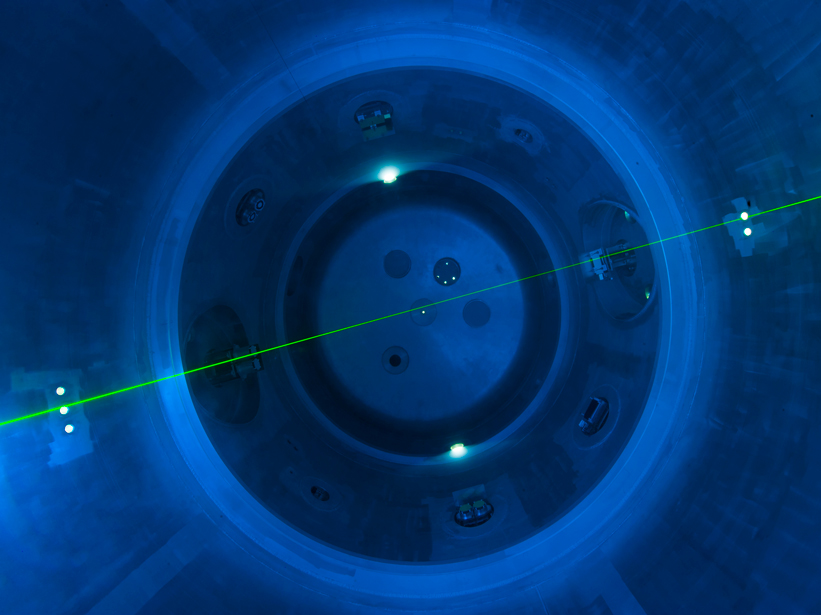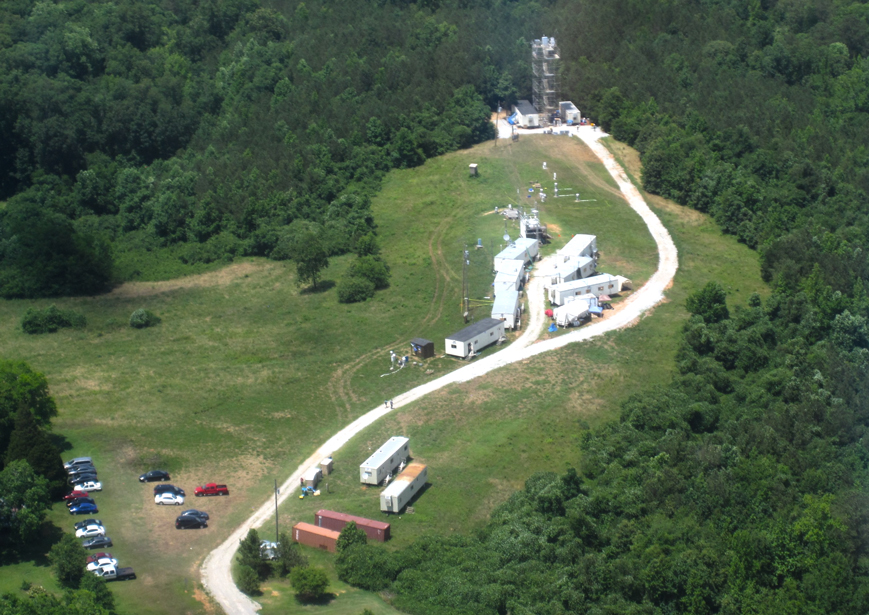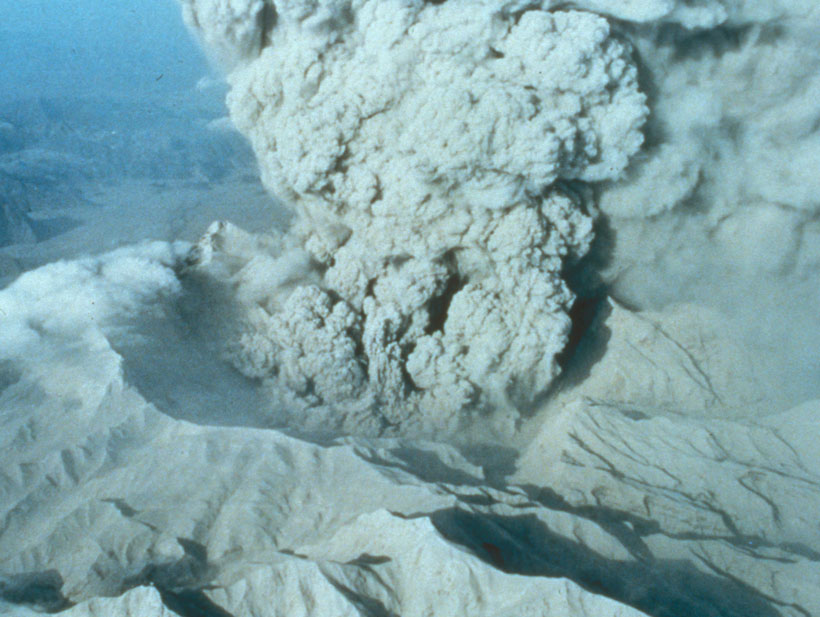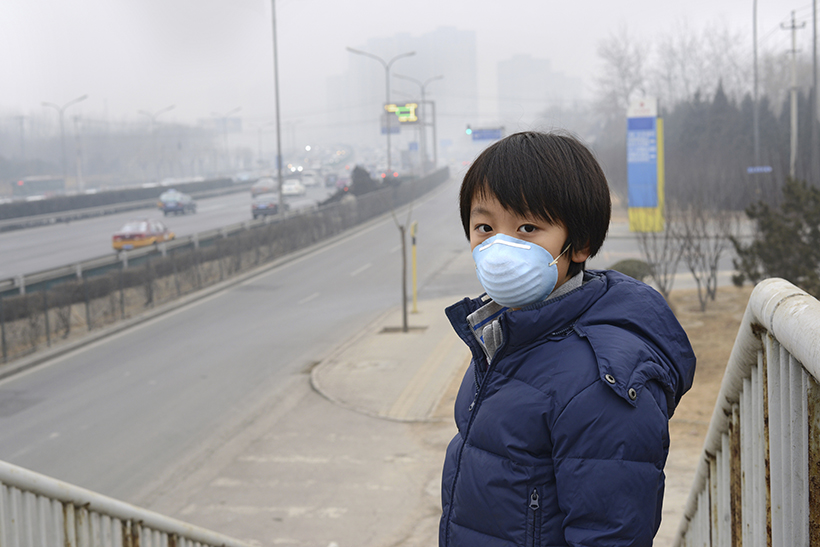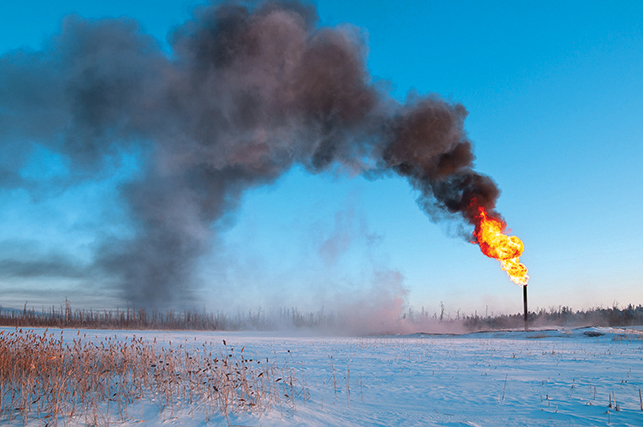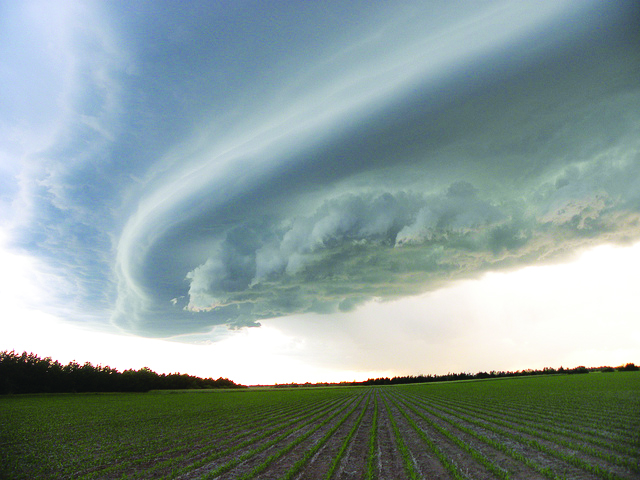Cooling inorganic and organic aqueous solutions makes the particles into more robust seeds of clouds.
aerosols & particles
Reduced Emissions Lead to Clearer Skies over Alabama
Aerosol pollutants are on the decline—and so are their effects.
Volcanic Eruptions Steer Conversations on Climate Intervention
Studies of volcanoes, Earth's natural climate coolers, cause scientists to question the merits of methods that intend to slow down climate change by injecting the stratosphere with aerosols.
Urbanization and Air Pollution: Then and Now
Analysis of decades of mitigation efforts in Los Angeles demonstrates that air quality in megacities can be greatly improved.
Developing Climate Model Comparisons
Experimental Design for CMIP6: Aerosols, Land Use, and Future Scenarios;
Aspen, Colorado, 4–8 August 2014
Black Carbon Reductions in the Arctic Tied to Declining Emissions
Researchers track the presence of black carbon above the Arctic Circle.
Large Volcanic Eruptions Cause Drought in Eastern China
In a study with implications for geoengineering, large Northern Hemispheric volcanic eruptions are found to cause strong droughts in much of eastern China.
Crop Residue Burning: A Threat to South Asian Air Quality
Smoke from the residues, burned during October and November to ready fields for next year’s planting, emanate from Punjab, a region spanning northwestern India and eastern Pakistan.
Proposed Satellite Would Improve Study of Cloud Physics
Researchers propose a new satellite that would help scientists study how cloud physics is affected by aerosols.

